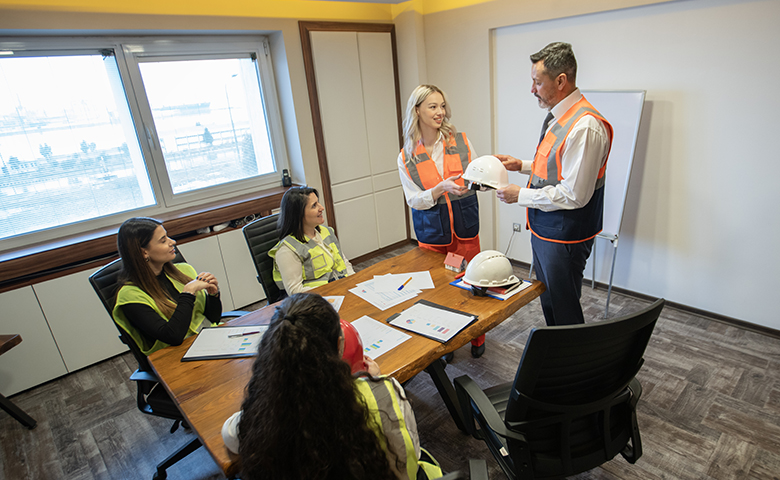Every year, millions of people are hired to fill vacant positions at companies across North America. Some of them are starting their first job, others are shifting to a different role or company, while still others are changing careers entirely. In the last twelve months, twenty industries were projected to have at least 84,000 new hires, with jobs ranging from electrical and construction workers to truck drivers and order fillers.
The one thing every single new hire has in common is that they are at an elevated risk of a workplace incident. Approximately one in every three workplace injuries occurs to a worker in their first year on the job. And as an article in Occupational Health and Safety magazine titled “The Safety Stakes for New Hire Onboarding” says, this is a problem that affects both young and experienced workers alike. It notes that: “Regardless of age or experience at other jobs, newness to a workplace is a massive contributing factor to injury risk. When someone shows up for their first day, they show up with their lunchbox, a bounce in their step and a sky-high chance of getting hurt sometime in the next twelve months.”
New workers are at risk for a number of reasons. They won’t have first-hand knowledge of the various sources of hazardous energy in the workplace. They will be unfamiliar with safety procedures. And they may not feel comfortable asking questions if they’re uncertain about something, or may be unwilling to exercise their stop-work authority when they feel a situation is unsafe.
A good safety onboarding process can mitigate these issues. But it can still take time for employees to integrate into the company’s safety culture. And with so much to learn at a new job, some key safety information may not be retained when it’s first taught.
The article points out that “it’s up to safety professionals to ensure there are established steps to repeat, reinforce and reiterate (and did I mention repeat?) key information.” A good safety orientation is an important step but it requires a lot of follow-up to ensure that new hires understand what they’ve learned.
While there’s a lot to do in an employee’s first weeks and months on the job, taking a safety-first approach to bringing new hires into the workplace can have a huge impact on safety outcomes. As the article says: “It takes time and effort for safety professionals to properly train new employees on key safety issues, discuss the human factors that can make their jobs more dangerous, and integrate them into the workplace culture. But when these things happen, new hires have a much better chance of staying safe in the first year on the job.”
The lesson here for safety professionals is to be as involved as possible in new hire orientation and to treat onboarding as an ongoing process. Because ensuring that new workers are properly trained, supported and integrated into the workplace safety culture may end up preventing a serious injury—or worse.

